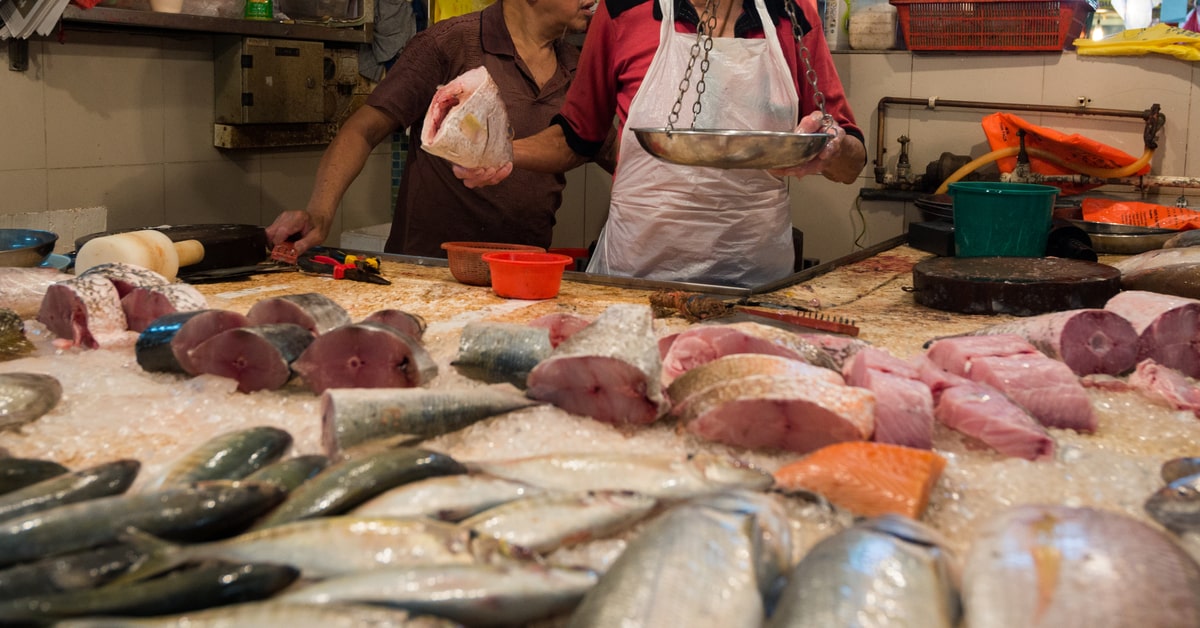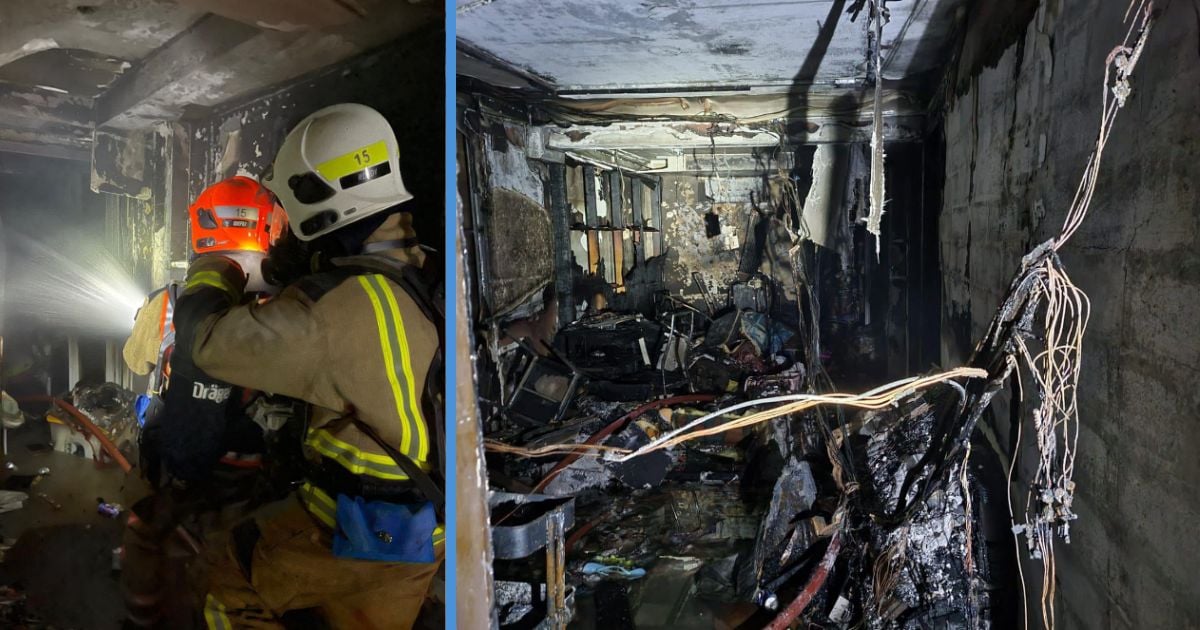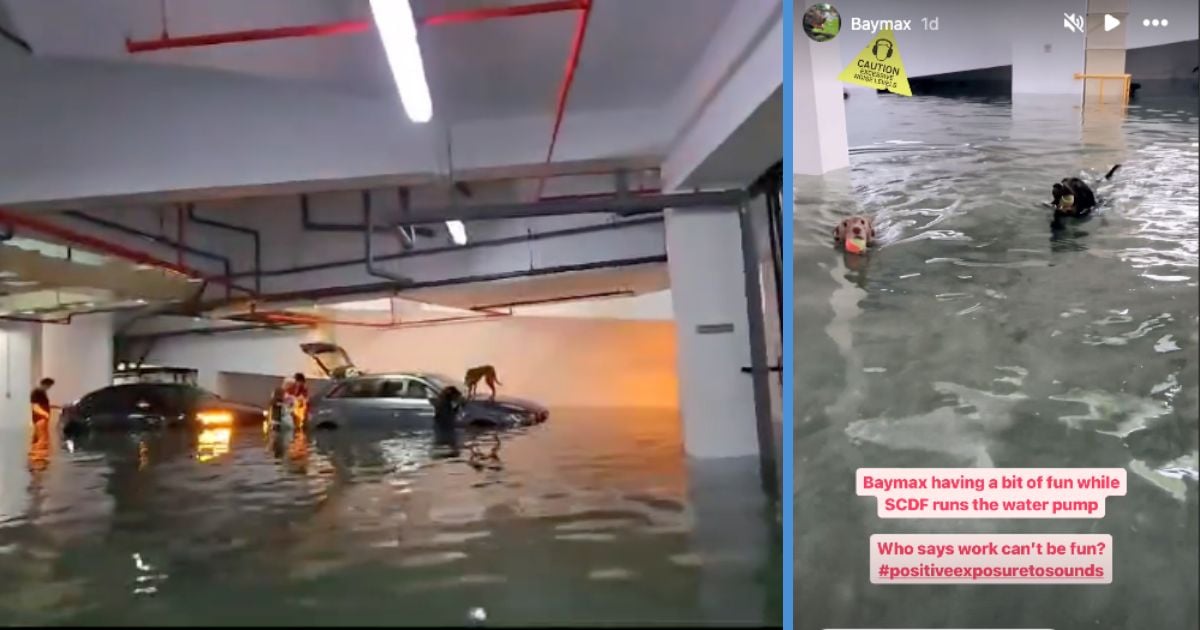When it comes to the Jurong Fishery Port cluster, the authorities have three main concerns:
- Ensuring that infections in the cluster don’t spread to the community
- Identifying how the virus spread in the first place
- Assessing whether the virus will start spreading again after the port reopens
As for residents across the country, they too have three concerns:
- Seafood
- Seafood
- Seafood
At the moment, the seaport cluster is our biggest active cluster, with 858 cases.
But in just six days, the port is going to reopen, after a two week closure. The question now is: is it safe?
Well, that’s what the authorities are trying to determine.
Gaps in Jurong Fishery Port to be Resolved Before It Reopens in August
Before the port can be reopened, any lapses in safe management measures will have to be addressed first.
This was the message Minister for Sustainability and the Environment Grace Fu relayed in Parliament yesterday.
Preliminary investigations by the Ministry of Health (MOH) and Singapore Food Agency (SFA) have already revealed some lapses:
Lapse 1: Lack of Strictness around Mask Wearing
As you can imagine, moving around huge boxes of ice and fish, which can weigh up to 120 kg, can be an arduous task in Singapore’s hot and humid weather.
This is why some workers take their masks off momentarily, to catch their breath.
Ms Fu noted that the workers could also have taken their masks off during their smoke breaks.
To understand the importance of masks, watch this video to the end:
Lapse 2: Intermingling of Workers & Traders
Workers and traders at the port were also not restricted in their movements, Ms Fu said, meaning they may have come into contact with each other on a regular basis.
Add a laxity around mask-wearing to that and you have a recipe for disaster.
It’s also believed that the virus could have spread through objects at the port.
Both lapses, and others that are identified, will be rectified before the port reopens on 1 Aug.
Other Measures
There will also be a host of safety measures once the port does reopen.
This includes:
- a seven-day rostered routine testing (RRT) for all port workers
- enhanced contactless delivery protocols for truck drivers and boatmen
- antigen rapid tests for trade visitors of the port who are not on any testing regimes
- more patrols to ensure safe management measures are being followed
The port will also undergo a second round of cleaning before it reopens.
At the moment, 76% of workers at the port are fully vaccinated, while 86% have received at least one dose of a vaccine.
Seafood Supply is “Stable”
Now for the part that you care about the most.
In Parliament yesterday, Ms Fu reiterated that our seafood supply has “remained stable”, despite the two-week closure of the seaport.
This is because the authorities had made alternative arrangements, where seafood supplies would be directly transported to the supermarket’s distribution centres and retail outlets.
So, there’s no need to panic buy, especially now, when we have much bigger fish to fry.
Read Also:
- 10 COVID-19 Updates Mentioned in Parliament Summarised for You
- 10 Facts About the Jurong Fishery Port Cluster That is Actually Linked to the KTV Cluster
Featured Image: CHEN WS / Shutterstock.com





